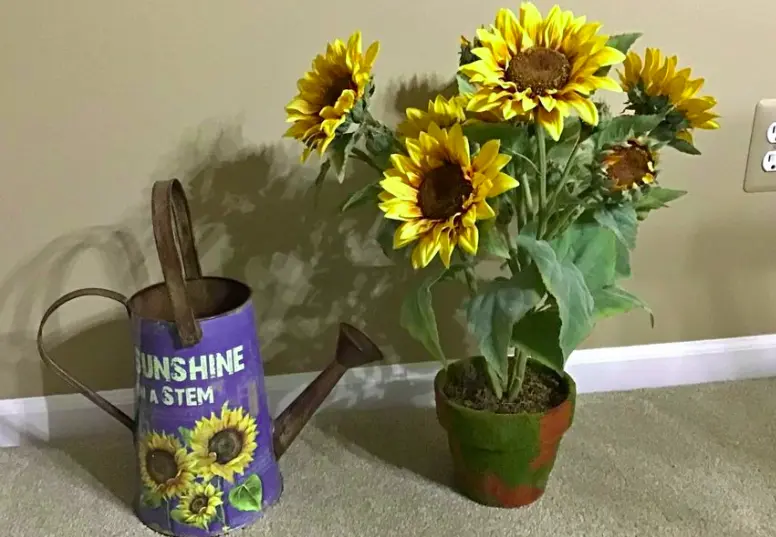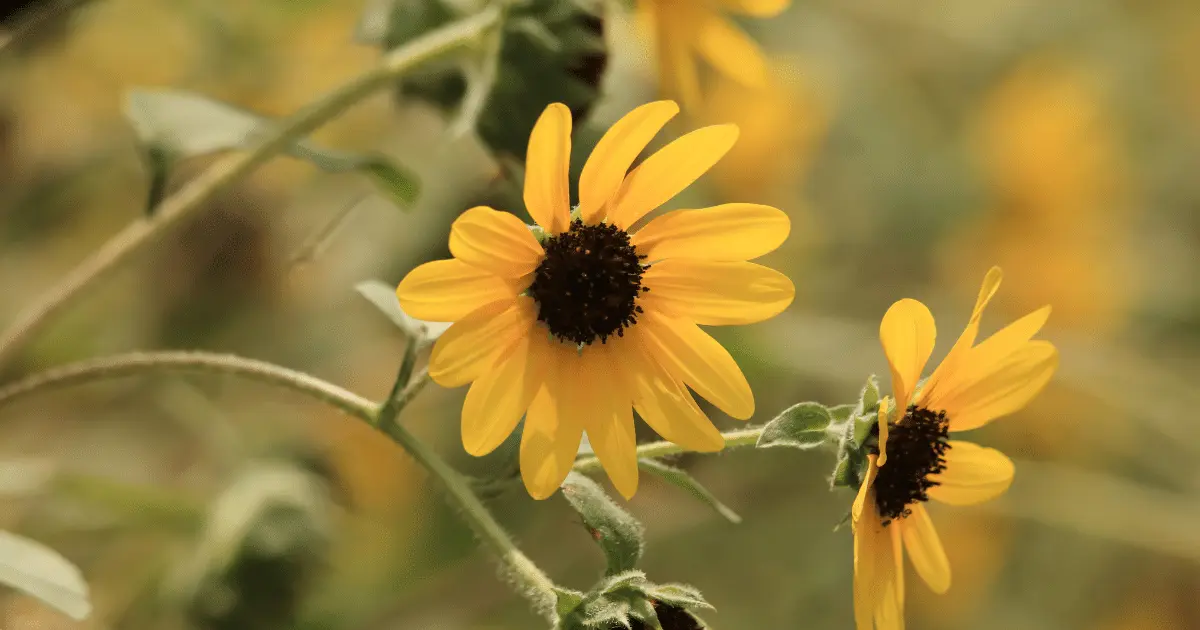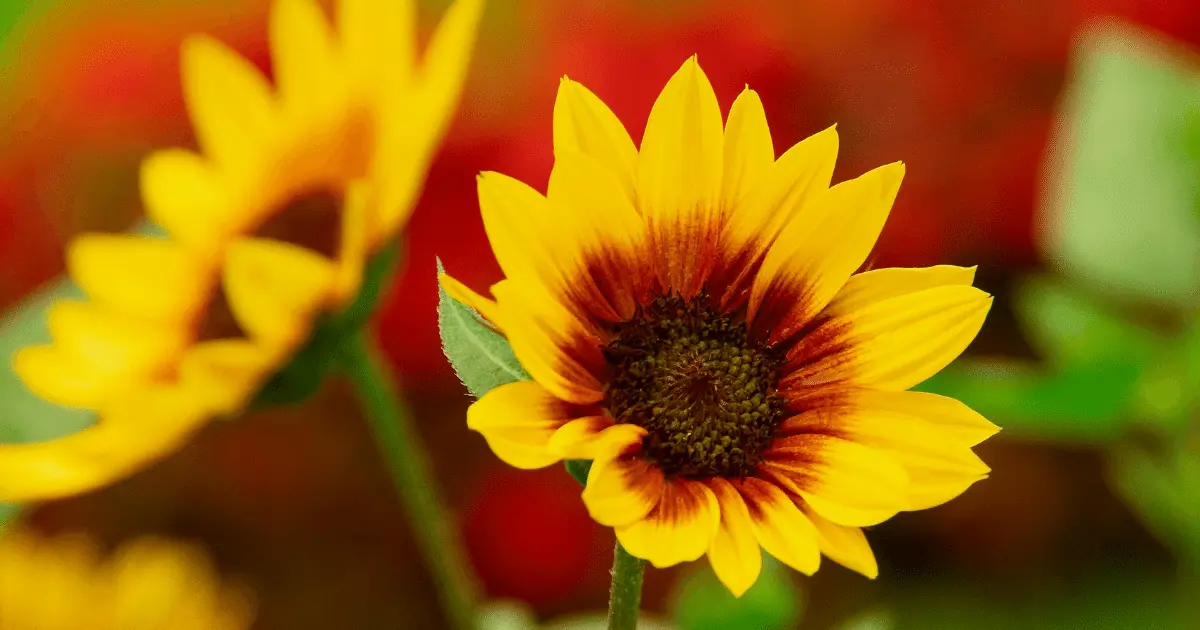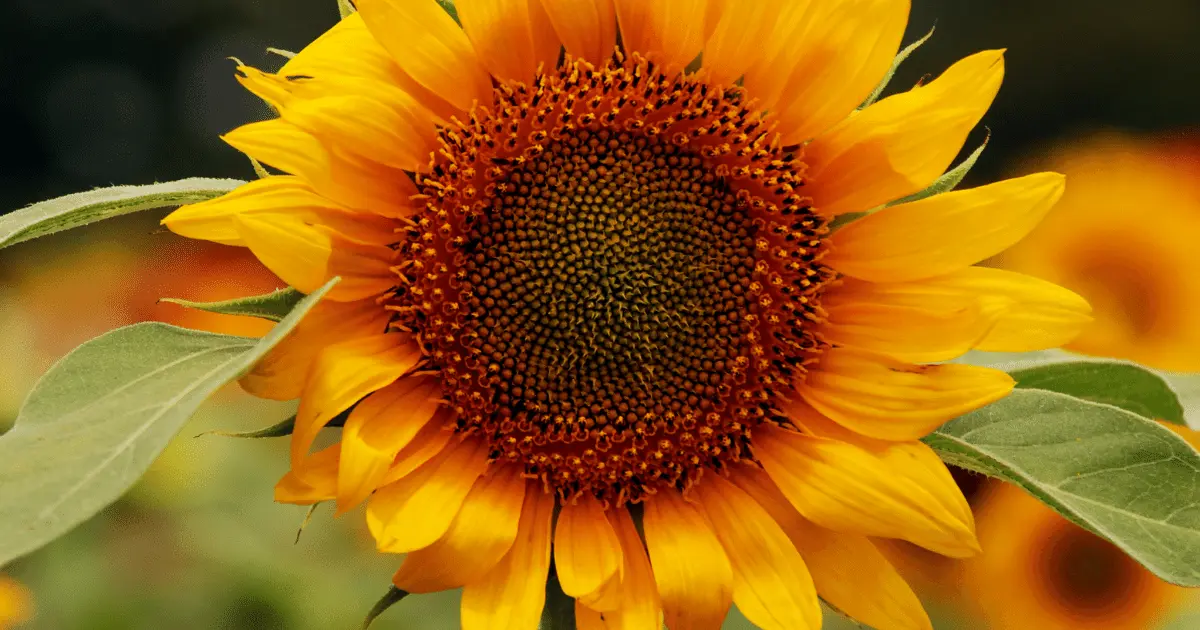Only a few plants are as delightful to grow around the house as sunflowers; they add radiance to your surroundings and are not a hassle to grow, even when you are doing so in a pot or container. Yet, despite the benefits and the ease of growing sunflowers, you still have to pay attention to the little things.
This attention is important because some still need help with the best way or species to grow around the home. Others need to use the right pot size or plant them at the right time of the year. Read along to find the best way to grow sunflowers in a pot.
How to Plant Sunflowers in a Pot

Sunflowers are relatively easy to plant, but this ease does not equate to being careless, as doing so will result in poor plant growth. Here is a step-by-step guide to planting and growing sunflowers in a pot:
Step One: Choose the Right Variety
There are many varieties of sunflowers; some are more suitable for growing in pots than others. However, gardeners have different interests in the type of sunflower they want to grow. Ensure that the variety of sunflowers you choose is right for your chosen pot.
Step Two: The Right Size of the Pot
The height and number of flowers you want in each pot will determine the size of your pot. Generally, mammoth sunflowers need a pot that can hold up to five gallons of water, but you can plant your dwarf sunflowers in a twelve to sixteen-inch pot.
Whatever pot you decide on, add a saucer under the pot to collect the excess water from water, and you can add holes to the bottom of the pot if necessary to ensure that the soil remains well drained.
Step Three: Use a Good Potting Mix
Sunflowers require well-draining soil with a pH range between 5.5 and 7.5 with more than a 3% organic content. Your soil should be light and have enough nutrients to carry the plant throughout most of the planting season. When you use high-quality potting soil, drainage materials like rocks at the bottom of your pots are unnecessary, and adding them can cause your plant’s roots to rot and prevent proper drainage.
Step Four: Planting Your Seeds
When planting more than one seed in a pot, be sure to sow them four to five inches apart while pushing each about an inch into the soil. Add a thin layer of compost to the topsoil after sowing the seeds. Ensure the seeds are kept from the edges of the pot.
Step Five: Water Your Sunflower Seeds
The soil for your sunflowers should remain moist and well-drained, as sunflowers need more water as they grow. At least two gallons of water a week is needed when the seeds are germinating.
If not properly watered in the early stages, the stems will be thin and weak, lacking the strength to hold the flower head upright.
Step Six: Monitor the Growing Seeds
Your seeds should turn into seedlings within a week or ten days. Continue to water your seeds during this period, ensuring the soil is moist, especially around the seeds.
Step Seven: Apply Fertilizers Regularly
Applying fertilizers to your sunflowers is optional, but fertilizers can make the colors on your sunflower pop out. You can start with a high-nitrogen liquid fertilizer and then change to one with a more phosphorus content when the sunflower bud blooms. However, be careful not to over-fertilize your plant as the stem may break.
Step Eight: Expose to Enough Sunlight
As the name implies, sunflowers do well in sunlight. Most varieties need at least six to eight hours of exposure to direct sunlight daily to be healthy and not bend toward the sun, thereby damaging the stem. The stems of your plant will be strong and able to support the flower head if properly exposed to the sun.
Step Nine: Water Your Sunflowers
Your soil should be constantly moist, so about two gallons of water is needed for your plant weekly. Spray your flower regularly while checking the soil every two or three days to water the root zone. If your plant is outdoors and can receive rainwater, this is fine, but watch for hot and sunny days to prevent the sun from scorching the leaves.
Step Ten: Stalk the Sunflowers
Some varieties of sunflowers may not be tall enough to need support, but if your sunflowers are three feet or taller, you should anchor them to something to avoid the flower head drooping. The support should be anchored to the pot instead of to a wall or another object.
Step Eleven: Harvesting
If your sunflower variety has edible seeds, you should allow the flower to die on the stem, which will cause the seeds to ripen and dry. Sunflower seeds that are black or gray with white stripes are generally known to be edible.
You will know the seeds are ready to be harvested when the back of the flower head turns black. The buds of sunflowers are also edible, but they are to be blanched first to remove the bitterness and boiled for three minutes.
Best Sunflower Species to Plant in a Pot
Sunflowers come in various colors and sizes, allowing you to grow any sunflower seed that might interest you. Below are some sunflower varieties that do well in pots:
Sunfinity Sunflower

Sunfinity sunflowers are known to have an extended blooming period that can last most of the summer. The infinity sunflower produces about fifty flowers per plant and grows to about four feet with a width of about two feet. The seeds are available at local garden centers as well as seed companies.
Firecracker Sunflower

The firecracker sunflower comes in two-tone flowers, which are red and gold. Its height ranges between thirty-six to forty-two inches and yields in armfuls with a width of about four to five inches. The firecracker sunflower is a great pot plant because it is compact and has dense growth, with stems sixteen to twenty-four inches long.
Sunbuzz Sunflower

Sunbuzz sunflowers stand out with their bright yellow petals and deep brown centers. It grows up to twenty inches in height and is four inches in diameter. Sunbuzz sunflowers are quick to bloom and can blossom all summer. For the sunbuzz sunflower, a pot between eight to ten inches in diameter will do; ensure to space multiple seeds about six to seven inches apart.
Solsation Flame Sunflower

This two-toned flower grows to just eighteen inches in height and is ultra compact making it a perfect plant for growing in a pot. The flowers are eye-catching, with bronze-red petals tipped in gold with dark brown centers. The solsation flame sunflowers are known to bloom from mid-summer to the first frost.
The Best Time to Plant Sunflowers
Sunflowers are known to do well in the sun, so you should plant them when the last frost has passed in the spring. The right time of the year is from April to May. You get a head start by sowing the seeds early in April in a four-inch pot indoors under grow lights, and after in May, you can transplant them into the selected pots. You can then transfer them outdoors after the frost date.
How to Care for Your Potted Sunflowers
Sunflowers need regular watering during the dry period so be sure your plant and soil don’t stay dry in their sunny spot. Ideally, your sunflowers receive a high amount of potassium feed weekly when the flowers appear, and tomato feed is highly recommended. The tall sunflowers are to be supported with stakes while growing.
Sunflowers come in various varieties to brighten up your garden and home. Caring for your sunflower is easy if the steps are accurately followed, and the yields and harvest are worth the time spent growing them.
